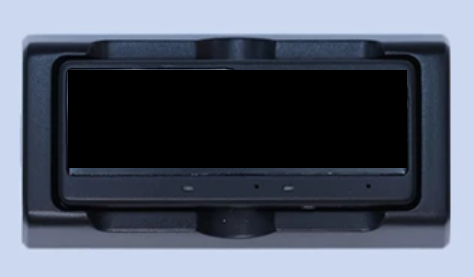Add Your Heading Text Here
Tribe CRM: Work Smarter with Customer Relationships
In een tijd waarin klantbeleving centraal staat, is een flexibel en krachtig CRM-systeem onmisbaar. Tribe CRM is een moderne en gebruiksvriendelijke oplossing die organisaties helpt om klantrelaties te versterken, processen te automatiseren en groei te versnellen.
Wat maakt Tribe CRM uniek?
Alles-in-één platform
Tribe CRM biedt één centrale plek voor al je klantinformatie. Verkoop, marketing en klantenservice komen samen in één overzichtelijk systeem. Dit bevordert de samenwerking binnen teams en zorgt voor een consistente communicatie richting de klant.
No-code en modulair
Een groot voordeel van Tribe is dat je het systeem volledig kunt aanpassen aan je eigen processen, zonder te hoeven programmeren. Met de intuïtieve drag-and-drop-editor stel je eenvoudig je eigen workflows en modules samen.
Slimme automatisering en AI
Met behulp van slimme AI-tools helpt Tribe CRM je om klantgedrag te voorspellen, opvolgingen te automatiseren en marketingcampagnes te optimaliseren. Dit bespaart tijd en verhoogt de effectiviteit van je communicatie.
Integraties met bestaande tools
Tribe CRM werkt naadloos samen met de software die je al gebruikt, zoals e-mail, agenda’s, boekhoudpakketten en marketingtools. Dit zorgt voor een soepele workflow en voorkomt dubbel werk.
Altijd en overal toegang met de app
Tribe CRM is niet alleen beschikbaar via desktop, maar ook via een gebruiksvriendelijke mobiele app. Zo heb je altijd en overal toegang tot klantgegevens, taken, afspraken en communicatiegeschiedenis – ideaal voor teams die vaak onderweg zijn of hybride werken.
Flexibele prijsmodellen
Tribe biedt drie abonnementen die geschikt zijn voor verschillende soorten organisaties. Elk pakket is 14 dagen gratis te proberen, zonder verplichtingen.
Wij zijn trotse ambassadeur van Tribe CRM
Wij als Comm-Co zijn trotse ambassadeur van Tribe CRM.
We gebruiken het systeem zelf en hebben ervaren hoe krachtig en flexibel het is. Het stelt ons in staat om efficiënter te werken, betere service te bieden en continu onze processen te verbeteren.
Benieuwd wat Tribe CRM voor jouw organisatie kan betekenen?
Neem gerust contact met ons op voor meer informatie of een vrijblijvende demo.
E-mail: info@comm-co.com



